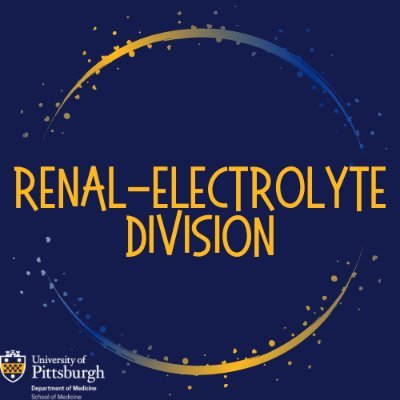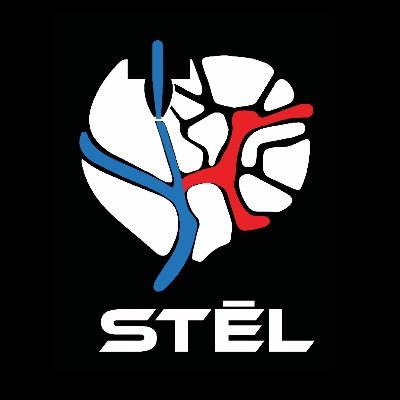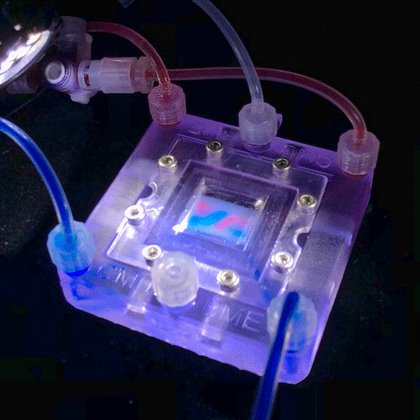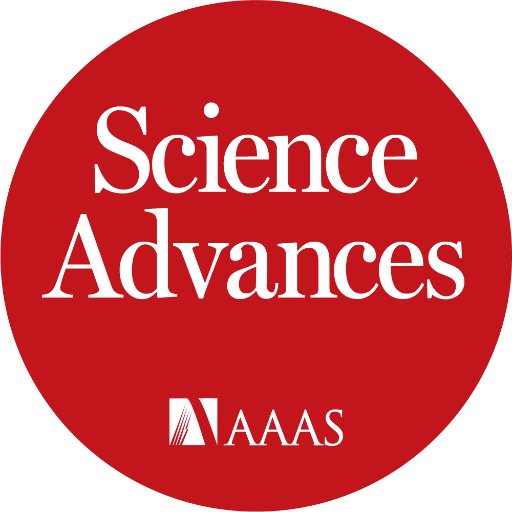
Arohan Subramanya
@arohan_s
Followers
900
Following
3K
Media
66
Statuses
720
Physician-Scientist at the University of Pittsburgh. K+ 🥑🍌 |🧂&💧| WNKs 😉 | Crowding 🔆 | Condensate Physiology 🎇 🦋 https://t.co/p0CKnJBUUE
Pittsburgh, PA
Joined January 2015
Our latest, now in print in @jclinicalinvest (w/ cover! 🎉) Led by @caryboyd3, we identified a functional role for #WNK bodies in K+ homeostasis, highlighting a #condensate 🫧 that can influence kidney physiology & nephron sexual dimorphism, w/ implications for human health 1/
8
17
43
Was great to catch up with my @CWRUSOM brother- the amazing @UChiPritzker pulmonologist and bronchoscopist extraordinaire @kylehogarth last weekend in Chicago. Pretty sure this guy can scope a bronchiole if he so chooses…
0
0
1
🧵1/ WNK bodies are biomolecular condensates in action—membraneless compartments that enable rapid, spatially organized control of NaCl transport based on dietary potassium. A new paradigm in renal signaling and homeostasis. 🧠🧪Here’s the story👇 #WNKbodies #RenalPhysiology
1
7
10
Thank you! @pittkidneyctr was essential for this project
As always, @arohan_s & @caryboyd3 have cutting edge research so stunning you’d think you were standing in an art gallery! Keep WNK-ing, you two! @PittDeptofMed @PittTweet @PittMedMag @tkleyman @RodTan07 @ManishaJhambMD @PAmarapurkar @RayRenal @ShiwarskiLab
0
0
4
Love the tagline!
A nod and a wink to kidney-specific WNK1 This issue’s cover features work by Cary R. Boyd-Shiwarski et al. @caryboyd3 on kidney-specific WNK1 as a scaffolding protein that organizes WNK bodies — structures essential for maintaining blood potassium levels: https://t.co/1Z9qurlWXT
0
0
11
Congrats to Cary Boyd-Shiwarski @caryboyd3 , who expertly saw this through as corresponding author, lab members & alums incl Becca Beacham & @Kate_Querry; and to our collabs incl @okashlan @CBI_Pitt @ShiwarskiLab Aylin Rodan @UofUNephrology Chou-Long Huang & Sean Stocker 🎉🥳/12
0
0
3
More generally, this work extends beyond functional studies in cells to support the relevance of biomolecular #condensates in mammalian #physiology, while hinting @ intriguing connections between condensates & public health. 11/
1
0
2
This is consistent w/ a population-scale metanalysis suggesting that a [K+] <4.0mmol/L is associated w/ increased CV mortality. Perhaps “destressing” the kidney via blood K+ titration could be leveraged to optimize health. Highlighted by Pitt SoM here 10/ https://t.co/D7H4WoQobS
1
0
1
In human kidneys, WNK bodies accumulated as [K+] fell below 4.0mmol/L. This suggests that the human DCT hyperactivates 🧂reabsorption even when K+ is 3.5-4.0. Thus, a K+ in the low-normal range may not be ideal for CV 🫀 health, as it may predispose to salt-sensitive HTN 9/
1
0
2
Compared to males, K+ restricted female mice were more dependent on WNK bodies for optimal electrolyte balance, indicating that WNK bodies contribute to nephron sexual dimorphism. 8/
1
0
1
Using KO and transgenic mouse models, we show that KS-WNK1 activates NCC via WNK bodies during dietary K+ deficiency and inhibits NCC during K+ excess. KS-WNK1 therefore functions as a signal amplifier 📶that expands the dynamic range of DCT reactivity to [K+] 7/
1
0
1
This is because during hypokalemia, the DCT WNK signaling pathway forms condensates termed WNK bodies. These assemblies require KS-WNK1, a truncated DCT-specific WNK1 isoform. KS-WNK1 encodes the large IDR that drives WNK1 phase behavior; basically, it’s a disordered scaffold 6/
1
0
1
In 2022, we reported that WNKs activate ion transport via IDR-mediated phase separation. WNK condensates emerged in unicellular species to control cell volume, but we hypothesized that they were repurposed to regulate kidney tubule ion transport... 5/ https://t.co/zzhoVrrJHQ
1
0
1
Some background: The kidney regulates K+ homeostasis. The distal convoluted tubule (DCT) controls kaliuresis by amplifying small changes in blood K+ into large effects on 🧂 reabsorption via the NaCl cotransporter NCC. WNK kinases mediate this but the details have been unclear 4/
1
0
1
The paper was also paired with a lovely editorial penned by two masters of distal nephron physiology, @gerardo_gamba and @dhekidney (thank you!) 🙏🏽: 3/ https://t.co/6ewOWCRY9h
1
0
3
This paper integrates years of research that initially started in the kidney, dove into fundamental condensate biology in cells, and circled back to mouse models & a translational analysis in humans. Read the full article here 👇🏾 2/ https://t.co/EAiBdynr9O
1
0
2
Despite the diversity of expertise in KUFD, the study section was always unified in terms of its definition of merit. It's one of CSR's premier venues for kidney & bladder #physiology research, and I look forward to improving my own proposals there via the submission process.
0
0
1
Last month, I completed a 4-year term on @NIH CSR's KUFD study section. Challenging work and I'm glad to emerge out of the triannual tunnel, but I will greatly miss the interactions with colleagues that made me a better scientist and were always 4 months around the corner.
1
0
5
Congrats to Katie Nguyen on her groundbreaking work presented at APS Summit #WeArePhysiology @pittkidneyctr @arohan_s
0
1
4
First paper from @ShiwarskiLab at @PittVMI & @PittBioE in @PittDeptofMed and @Andrew_Hudson3D in Feinberg group @CMUEngineering on the cover of @ScienceAdvances! Check out our #FRESH #Bioprinting of perfusable scaffolds pancreatic tissue scaffolds.
science.org
Bioreactor maturation of high-resolution FRESH 3D-bioprinted scaffolds form vascularized centimeter-scale functional tissues.
Researchers have 3D printed pancreatic tissues that can sense glucose and release insulin, potentially transforming treatments for type 1 diabetes and human organ manufacturing. Learn more in this week’s issue of Science Advances: https://t.co/cFWuI3MBi1
2
5
25







